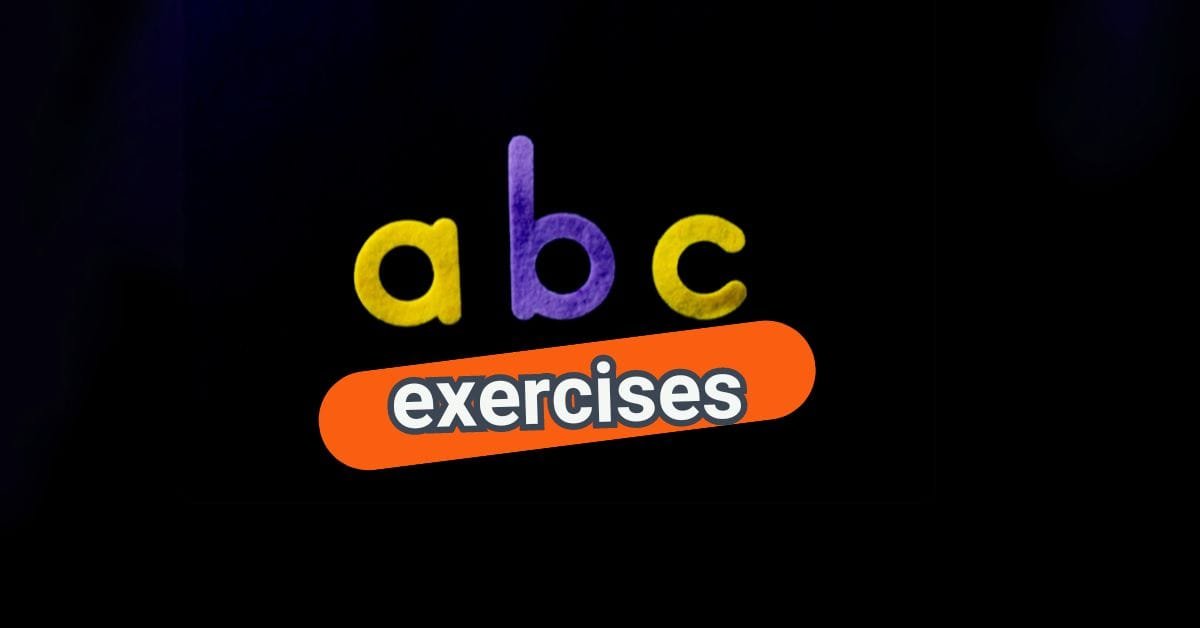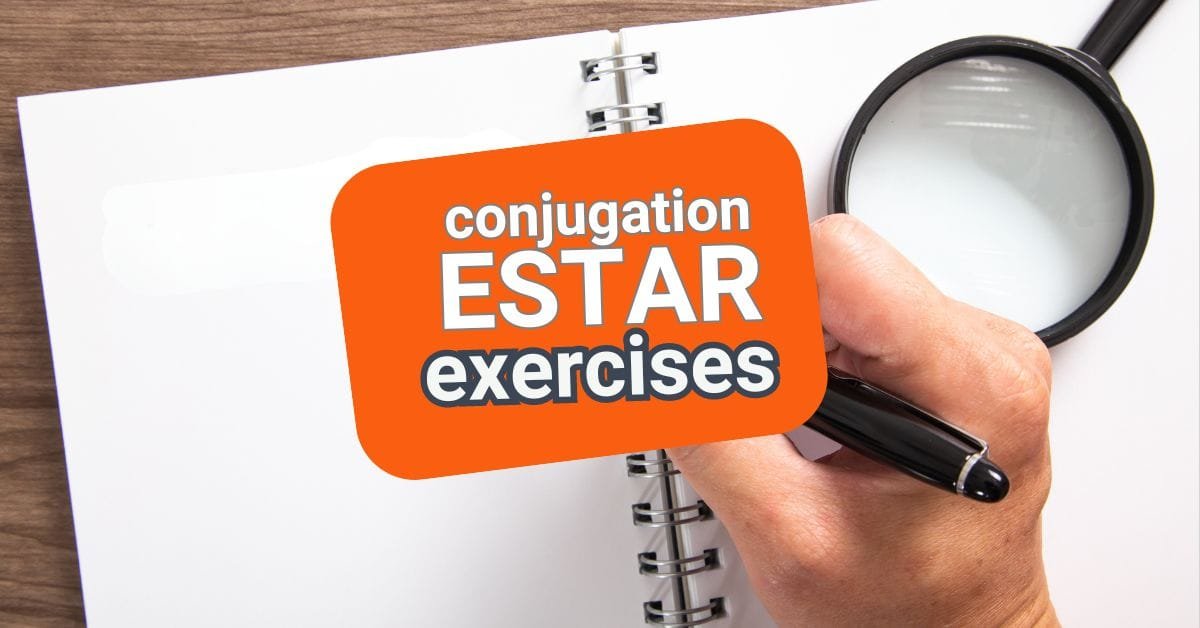Greetings are the cornerstone of any language. In Spanish, knowing how to greet someone appropriately can set the tone for the entire conversation. Whether you’re meeting someone for the first time, saying hello to a friend, or entering a formal setting, the right greeting matters.
In this lesson, you’ll listen to and practice fifteen common Spanish greetings and their typical responses. This exercise is designed to enhance your listening comprehension and help you feel more confident in everyday interactions.
Dictation Practice: Spanish Greetings Listening
In this exercise, you’ll listen to 15 different ways people greet each other in Spanish, along with natural responses. These are common Spanish greetings used in everyday interactions, from formal settings to casual chats with friends.
The sentences are not in any particular order. They mix formal and informal expressions and responses. This will help you recognize greetings in different real-world contexts. This is an essential skill in your Spanish journey. In Spanish-speaking cultures, how you greet someone varies depending on the relationship, tone, and situation.
Your task is to listen to each audio clip and write exactly what you hear. Pay close attention to accents, spelling, and punctuation—especially the inverted question marks (¿) and exclamation points (¡). These may not be required for full points, but it is important to learn them.
Each sentence will be said at a natural speed. If you don’t get it on the first try, Don’t worry.
This practice will sharpen your ear, improve your spelling, and make you more comfortable with authentic Spanish pronunciation.
Objective: Improve your Spanish listening and writing skills by transcribing everyday greetings in Spanish.
Instructions
Listen to each audio clip and type exactly what you hear in the box.
You can play each clip up to 3 times.
Pay attention to accents and punctuation.
Hints: Some sentences include formal or informal expressions.
Tips for Effective Listening Practice
To make the most out of your listening practice, consider the following strategies:
- Active Listening: Focus entirely on the audio. Eliminate distractions and concentrate on the sounds and words.
- Repeat Listening: Don’t hesitate to replay the audio multiple times. Each repetition can reveal new details.
- Note-Taking: Jot down unfamiliar words or phrases to look up later. This reinforces learning.
- Speak Aloud: After writing down the sentences, try saying them aloud to practice pronunciation.
- Consistent Practice: Regular listening exercises will gradually improve your comprehension and confidence.
This practice helps you get familiar with the real rhythm and pronunciation of Spanish. Let’s begin!
🎉 Well done! If you were able to write these Spanish greetings correctly, you’re on the right track to mastering basic conversations. Listening and dictation exercises help train your ear to understand real-life speech, which is essential for fluency. Don’t worry if you missed a few — practice makes perfect! Keep listening, repeat the audio as needed, and try other exercises to build your confidence
Understanding Formal and Informal Greetings
In Spanish, greetings vary depending on the level of formality and the time of day. Here’s a breakdown:
Formal Greetings
- Buenos días – Good morning
- Buenas tardes – Good afternoon
- Buenas noches – Good evening / Good night
- ¿Cómo está usted? – How are you? (formal)
- Mucho gusto – Nice to meet you
Informal Greetings
- Hola – Hi / Hello
- ¿Cómo estás? – How are you? (informal)
- ¿Qué tal? – How’s it going?
- ¿Qué pasa? / Qué más?– What’s up?
- ¿Cómo te va? – How’s it going?
You must know when to greet someone in formal or informal ways. Use formal greetings with people you don’t know well, elders, or in professional settings. Informal greetings are good fits among friends, family, and peers.
Common Responses to Greetings
Being able to respond appropriately to greetings is just as important as initiating them. Here are some typical responses:
- Bien, gracias. ¿Y usted? – Fine, thank you. And you? (formal)
- Bien, gracias. ¿Y tú? – Fine, thank you. And you? (informal)
- Muy bien – Very well
- Todo bien – All good
- No muy bien – Not very well
These responses help keep the conversation flowing and show that you’re engaged and polite.
Expanding Your Greeting Vocabulary
Beyond the basics, here are additional greetings and expressions to enrich your Spanish conversations:
- ¡Qué gusto verte! – Great to see you!
- ¿Cómo has estado? – How have you been?
- ¡Cuánto tiempo sin verte! – Long time no see!
- ¿Qué hay de nuevo? – What’s new?
- ¡Hola, amigo/a! – Hello, friend!
Incorporating these phrases can make your interactions more engaging and personable.
Cultural Nuances in Spanish Greetings
Spanish greetings can vary significantly across different countries and regions. For example:
- In Spain, it’s common to greet with a kiss on each cheek in informal settings.
- In Mexico, a handshake is typical in formal situations, while a hug or one kiss in the cheek may be used among friends.
- In Argentina, the use of “vos” instead of “tú” is prevalent, affecting how greetings are phrased.
Being aware of these cultural differences can enhance your communication and show respect for local customs.
Other Spanish Greetings resources
Want to master how to introduce yourself in Spanish? These resources will definitely help you!
Check out our blog post on how to introduce yourself in Spanish. It covers key phrases, cultural tips, and examples you can start using right away.
Whether you’re preparing for travel, a conversation exchange, or your first Spanish class — these tools will boost your confidence and get you speaking in no time!
Don’t miss our YouTube video on introducing yourself in Spanish, where you’ll hear real pronunciation and learn how to sound natural from day one.
By using these resources and dedicating time to practice, you’ll be well ahead on your way to fluency. ¡Buena suerte!
Mastering Spanish greetings is a fundamental step in becoming proficient in the language. Through consistent listening and dictation practice, you’ll not only improve your comprehension but also gain confidence in real-life conversations. Remember, practice makes perfect. Keep challenging yourself with new expressions and immerse yourself in the language as much as possible.


